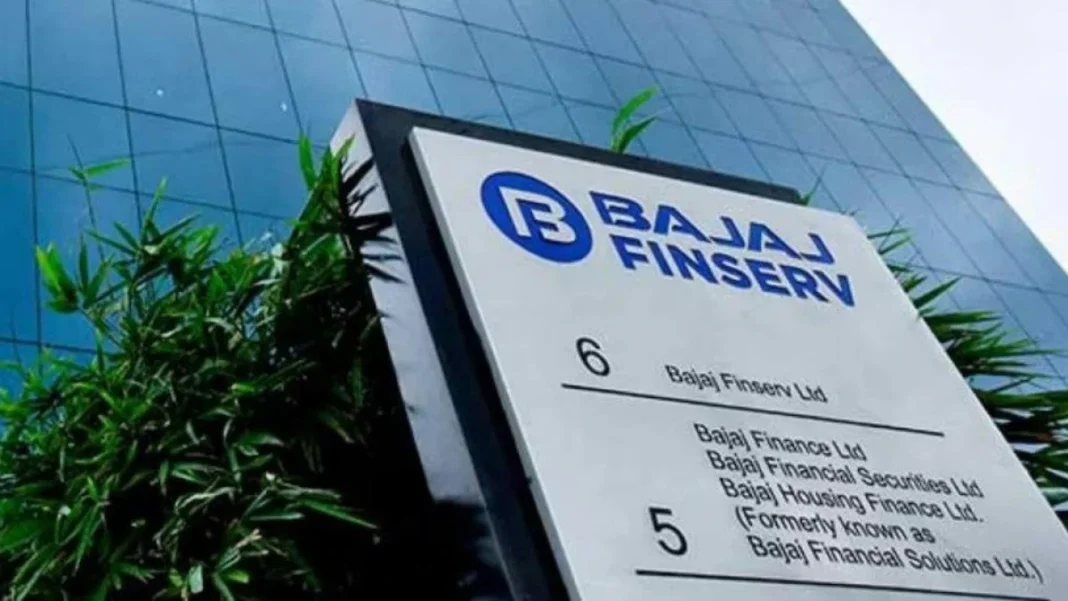India’s prominent non-banking financial services provider, Bajaj Finserv, is believed to have revised its customer acquisition goals upwards, with a new target of reaching 250 million customers over the next four years. This strategic shift has reportedly been made based on encouraging growth trends and confidence in the resilience and potential of the Indian economy. The development was shared by Sanjiv Bajaj, who serves as the chairman and managing director of the company, during a recent conversation held in London.
Previously, the company had set a goal of serving 200 million customers by 2029. However, as customer acquisition progressed at a pace faster than anticipated, the revised target was introduced. It was revealed that over the last two years alone, the firm had succeeded in onboarding approximately 10 million new customers, underlining its expanding influence in India’s growing financial services landscape.
As the largest entity within the century-old Bajaj Group conglomerate, Bajaj Finserv currently maintains a customer base of around 92 million individuals, according to available figures. Its operations are spread across multiple verticals, including lending, insurance, and asset management. A 55% ownership stake in Bajaj Finserv is held by the Bajaj Group, while the company continues to be publicly traded on the National Stock Exchange of India.
The rapid pace of expansion is understood to have been fueled in part by a focused outreach to the country’s expanding middle class and an effort to bring first-time borrowers into the formal financial system. Sanjiv Bajaj noted that only about 30% to 40% of the company’s addressable market had been tapped thus far, leaving considerable room for future growth. The company’s strategy is seen as being closely aligned with India’s demographic and economic shifts, particularly the rising consumption patterns and increasing financial inclusion in tier-2 and tier-3 cities.
The most significant business driver for Bajaj Finserv has been identified as its flagship subsidiary, Bajaj Finance. This entity is known for providing a wide array of loans, including consumer loans for household appliances and electronics, personal loans, and mortgages through its property finance division, Bajaj Housing Finance. Its presence in the consumer finance segment has been particularly robust, with many customers using its credit services to fund aspirational purchases and manage household budgets.
Despite the optimistic projections, the company has acknowledged the presence of macroeconomic risks that could influence its growth trajectory. According to Bajaj, one of the main challenges that could potentially slow progress is the possibility that India might not consistently achieve an annual GDP growth rate of 8%. This threshold has been described by economists as a critical requirement if India is to realize its vision of becoming a developed nation within the foreseeable future.
Furthermore, concerns have been raised about the uneven pace of development across Indian states. While the central government has articulated an ambitious growth agenda, it was pointed out that the same momentum might not always be mirrored at the state level. Bajaj emphasized the significance of political alignment with economic priorities, cautioning that if political considerations were to overshadow economic decisions at the state level, growth opportunities for companies like Bajaj Finserv could be curtailed.
In terms of financial performance, Bajaj Finserv reported a notable increase in annual profits, with earnings rising from $900 million to $1.1 billion in the year ending March. Despite this positive trajectory, the company has continued to exercise caution. Since 2020, funds have been allocated to absorb potential losses arising from the loan portfolio, reflecting a prudent approach to credit risk management.
The net loss ratio of Bajaj Finance, the firm’s main lending arm, has been reported to hover around 0.7% over the past four to five years. While this figure has been described as slightly elevated, it is still viewed within industry norms, especially given the turbulent conditions experienced during the global pandemic and subsequent economic recovery phase. Nevertheless, expectations have been expressed that repayment capacities among borrowers are likely to improve, strengthening the loan book’s quality going forward.
In summary, Bajaj Finserv’s decision to raise its customer target to 250 million by 2029 illustrates a bold bet on India’s economic future and growing demand for accessible financial services. While the road ahead may involve policy and economic headwinds, the company’s diversified operations, forward-looking risk strategies, and strong brand recognition appear to position it well to capture a larger share of the financial services market in a transforming nation.












